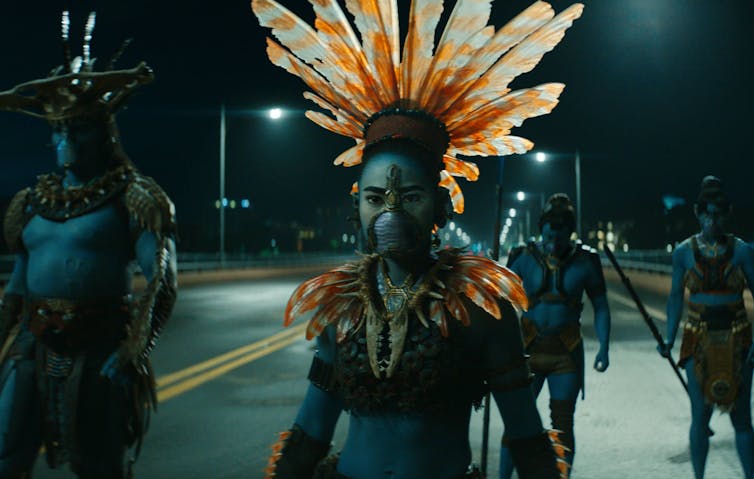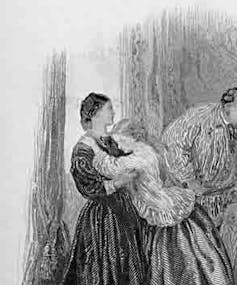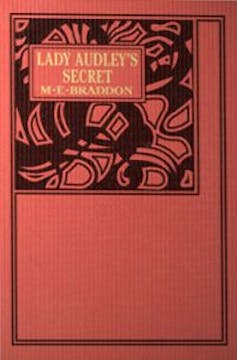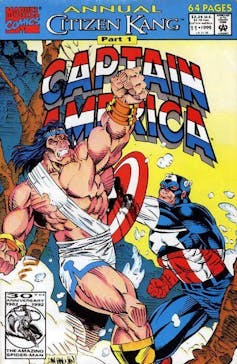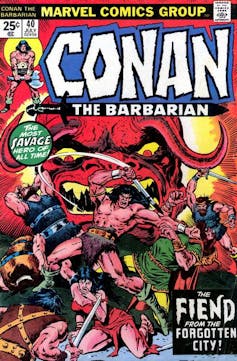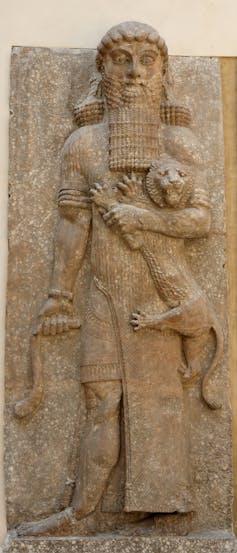The problem with critiquing Shawn Levy’s Deadpool & Wolverine is that it has already anticipated and addressed a large part of the criticism coming its way. This self-awareness is just for effect though, it doesn’t quite result in better creative decisions. On the flip side, the film is smug enough to believe that this self-awareness somehow exempts it from being better.
Brought to the screen in 2016 by Tim Miller’s Deadpool – which revitalised Ryan Reynolds’ flagging acting career – the film signalled a new era of superhero ventures, where the protagonist would riff on the greed of Hollywood studios, the sappy cliches of mainstream films, and directly addressed the audience using a deluge of pop culture references.
The trick, they probably thought, is if they spoke fast enough and people chuckled along, they might not notice how vacuous the whole undertaking is.
It got exhausting pretty quick. In Deadpool 2, our ‘hero’ throws shade on the antagonist for his grave demeanour, asking him “Are you from DC?” Despite the funny line, I don’t remember laughing. By the time one gets to the 144th pop culture reference in a film, with little connective tissue of emotional stakes, I might have yawned a little.
Levy’s film makes fun of the multiverse storytelling that Marvel (and other studios like Warner Bros and Sony Pictures) have taken on, and comments on how they’ve all been increasingly less effective in the aftermath of Avengers: Endgame (2019). But Deadpool & Wolverine uses the same crutch to revive a beloved character, who got a perfect sendoff in James Mangold’s Logan (2017); using him to draw howls from its audience.

A still from ‘Deadpool & Wolverine.’
The multiverse effectively allows the filmmakers to revive any actor/character for its audience, even after their arc has effectively concluded. It means that no story has any finality whatsoever – the future of superhero films rests on eager actors willing to do ‘one last film’, an obscene amount of money changing hands and fans mistaking these cameos for merit.
It’s probably successful and tested (both Deadpool and Deadpool 2 made over $750 million each), but arguably one of the most cynical ways to make movies. A film that feels like a feature-sized wink at its audience can only muster so much interest. Credit where it’s due, the first Deadpool film, at least felt independent in spirit. However, like it happens in profit-guzzling industries, studios don’t mind being the butt of [cautiously written] jokes, if it fetches them seven or eight times their investment.
Shawn Levy’s Deadpool and Wolverine, begins where Deadpool is tired of his “old shticks” and wants to ‘matter’. He wants to join the Avengers, but Happy Hogan (Jon Favreau) turns him away. Abducted by a secret organisation called the Time Variance Authority (TVA) – led by the always wonderful Matthew Macfadyen playing Mr Paradox – Deadpool is offered a place in the Sacred timeline, if he can bring Wolverine (Hugh Jackman) back from another timeline then the Sacred timeline will get its “anchor being” back.
All this jargon can’t distract from the simplistic nature of Deadpool and Wolverine – a [cinematic] universe needs a lucrative star in the wake of its less-than-favourable earnings in the last two years. The Marvel Cinematic Universe (MCU) has witnessed two flops (Antman & The Wasp: Quantumania and The Marvels) in the last year alone – which was nearly inconceivable around four-five years back. The assembly line of billion-dollar box office films is threatening to evaporate. Enter Hugh Jackman.

A still from ‘Deadpool & Wolverine’.
Jackman has brought the right amount of devil-may-care swagger and vulnerability to a character that has inherently felt more feral than human. Someone whose body regenerates from flesh wounds, but who has carried traumas of generations. Whose gifts and curse are probably the same thing. Here, Jackman shows he hasn’t lost touch with Wolverine and that it might be almost a second nature. But a lot of his grief and internal conflict are deflated with Deadpool’s intrusive thoughts. Reynolds has built an empire out of this talkative, overbearing persona – which has spilled over to his other films and interviews too. It’s insufferable at this point.
Deadpool & Wolverine has the joys of a Diwali sparkler, ones that last 15 seconds and are instantly forgotten after. It also infantilises its audience by handing out A-lister cameos like popsicles, each of them existing only to get a cheer and a sugary rush. To think a billion-dollar corporation making fun of its projects stuck in ‘purgatory’ (or development hell, as studios call it) will earn them brownie points for self-awareness is one of the funniest, unintentional jokes here. Because just like in their latest film, this self-awareness is only performative to get to the next billion-dollar box office.
Deadpool might have started out as a ‘different’ kind of superhero film, but all the fourth-wall breaking dialogue can’t make up for the fact that it’s now become like any other franchise in the world. It’s a part of Marvel’s pipeline, one that wishes to feed the whims of zombies unable (and unwilling) to distinguish between an ambitious failure and a successful, risk-free film. Deadpool & Wolverine obviously belongs to the latter.


